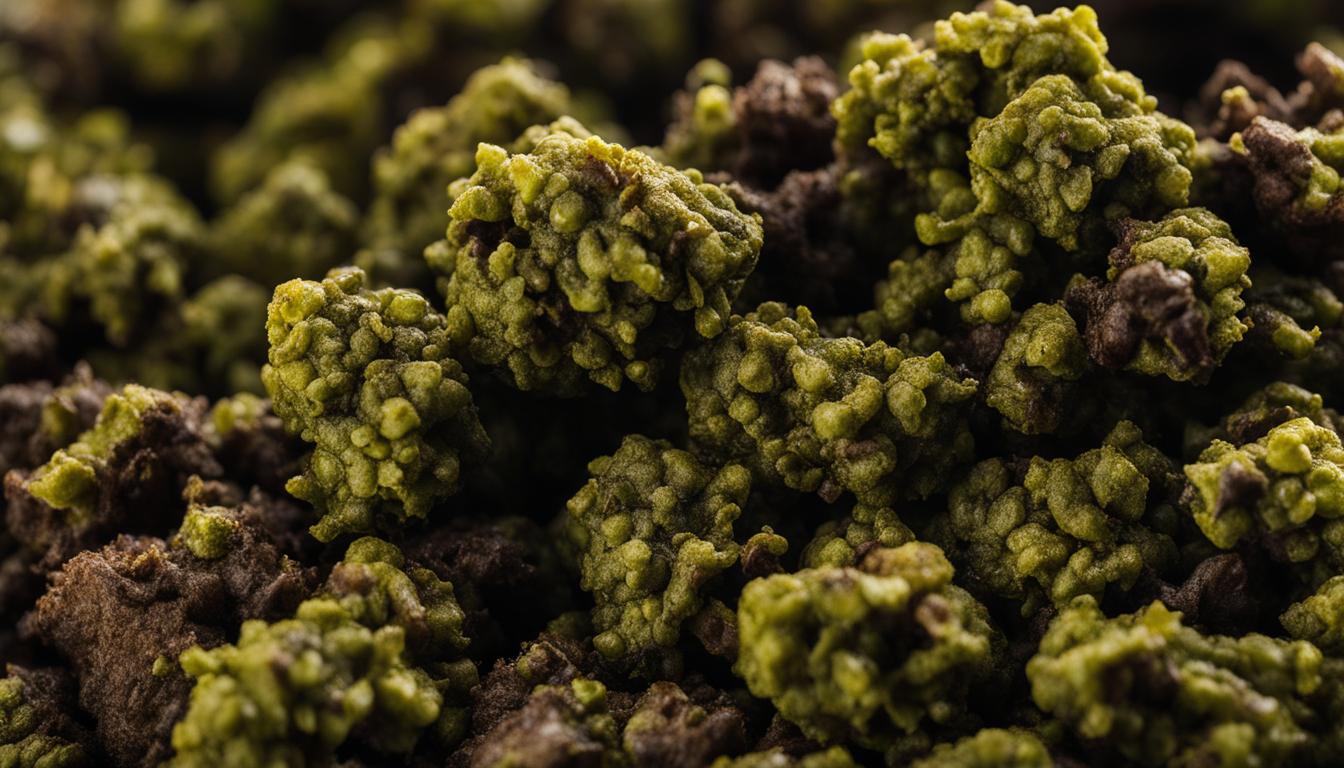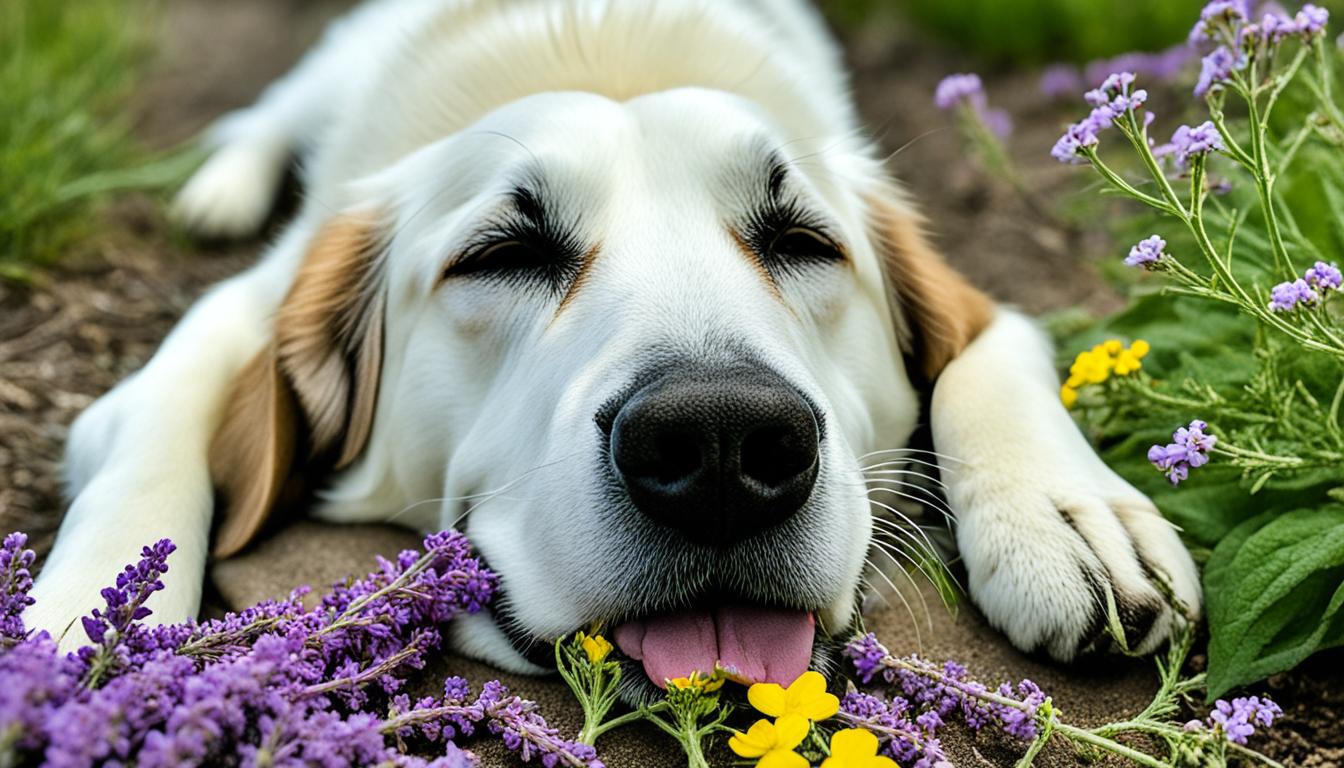Understanding Labrador Retrievers
Labrador Retrievers are a beloved breed known for their friendly and outgoing nature, intelligence, and eagerness to please. They make exceptional companions and have a wide range of qualities that set them apart.
Overview of Labrador Retrievers
Labrador Retrievers are highly versatile and athletic dogs. Originally bred as retrieving dogs for fishermen, they possess a strong instinct to fetch and carry objects. This makes them excellent partners for outdoor activities such as hiking, swimming, and retrieving games. They are well-suited for various sports and competitions, including agility, obedience trials, and dock diving.
Labrador Retrievers are recommended for novice dog owners due to their adaptability, trainability, and resilience. They have a reputation for being good family pets, known for their warm hearts, wagging tails, and devotion to their families. Their affectionate nature and ability to provide emotional support create a sense of togetherness within the household.
Notable Characteristics
Labrador Retrievers have several notable characteristics that make them stand out as a breed:
-
Playfulness: Labrador Retrievers have a high potential for playfulness and are always seeking out games and activities to engage in. They are known for their love of interactive play, such as fetch or tag, making them great companions for both children and adults.
-
Intelligence: Labrador Retrievers are highly intelligent and eager to learn. They respond well to training and thrive in environments where mental stimulation is provided. Their intelligence, combined with their willingness to please, makes them highly trainable for various tasks and commands.
-
Adaptability: Labrador Retrievers are adaptable and can adjust well to different living situations. Whether in a spacious home or a smaller apartment, they can thrive as long as they receive adequate exercise and mental stimulation. Their adaptability also extends to different climates, as they can handle both hot and cold weather conditions.
-
Affectionate: Labrador Retrievers are known for their affectionate nature. They form strong bonds with their families and are always eager to show their love and loyalty. Their warm and friendly demeanor makes them excellent family dogs.
-
Versatility: Labrador Retrievers are versatile dogs that excel in various roles. They are often used as assistance and therapy dogs due to their gentle and patient nature. Additionally, they are frequently employed in search and rescue missions, showcasing their intelligence and tracking abilities.
Labrador Retrievers come in various colors, including yellow, chocolate, and black. Their coat is short and dense, providing protection in different weather conditions. However, it’s important to note that Labrador Retrievers are known for shedding, so regular grooming and brushing are necessary to keep their coat in good condition. For more information on Labrador Retriever shedding and grooming tips, check out our article on Labrador Retriever shedding.
Understanding the unique characteristics of Labrador Retrievers is essential for prospective owners or anyone interested in learning more about this popular breed. Labrador Retrievers’ intelligence, adaptability, and affectionate nature make them wonderful companions for individuals and families alike.
Health Considerations for Labradors
Taking care of the health of your Labrador Retriever is essential to ensure a happy and fulfilling life for your furry friend. Labradors are generally a healthy breed, but like all dogs, they are prone to certain health issues. Understanding these common health concerns and factors affecting their lifespan is crucial for responsible pet ownership.
Common Health Issues
Labradors are susceptible to various health issues, and being aware of them allows for early detection, proper management, and prompt veterinary care. Here are some common health issues that Labradors may experience:
| Health Issue | Description |
|---|---|
| Hip Dysplasia | Abnormal formation of the hip socket, leading to symptoms such as difficulty going up or down stairs, lameness in the rear legs, and pain. Hip dysplasia is a common concern in Labradors. |
| Elbow Dysplasia | Abnormal growth and development of the elbow joint, resulting in forelimb lameness, pain, and decreased range of motion. Labradors are predisposed to elbow dysplasia. |
| Hypothyroidism | A disorder characterized by lowered production of certain hormones by the thyroid gland. Symptoms may include weight gain, hair loss, and lethargy. Labradors are more at risk of hypothyroidism. |
For more information on Labrador health issues, consult our comprehensive article on labrador retriever health issues.
Lifespan and Longevity Factors
The average lifespan of a Labrador Retriever is around 12 to 12.5 years (The Labrador Site). However, it’s important to note that individual Labradors may have different lifespans depending on various factors, including genetics, overall health, diet, and exercise.
Interestingly, research has shown that the coat color of Labradors can also impact their lifespan. Chocolate Labradors tend to have a shorter average lifespan, averaging around 10.7 years, compared to black and yellow Labradors (The Labrador Site).
To maximize the lifespan and well-being of your Labrador, it’s essential to provide them with proper veterinary care, a balanced diet, regular exercise, and a loving environment. Regular check-ups with a veterinarian, vaccinations, and preventive measures can help detect and address health issues early on.
Remember, responsible breeding practices, such as selecting reputable labrador retriever breeders and conducting health screenings, can also contribute to the overall health and longevity of the breed.
Understanding the common health issues and factors influencing the lifespan of Labradors empowers you to be proactive in their care. By providing the necessary attention, nutrition, and medical support, you can help your Labrador lead a healthy and happy life for years to come.
Labrador Retriever Care Tips
Taking care of a Labrador Retriever involves several important aspects, including diet and nutrition, as well as exercise and activity levels. By providing the right care, you can help ensure the overall health and well-being of your beloved Labrador.
Diet and Nutrition
When it comes to feeding your Labrador Retriever, a balanced diet is essential. Dry kibble is often recommended as the primary source of nutrition for Labradors, with minimal human food intake to maintain a stable weight. Consistency in weight management has been observed to contribute to the longevity of Labradors (Quora).
It’s important to choose high-quality dog food that meets the nutritional requirements of your Labrador. Look for formulas specifically designed for large breed dogs, as Labradors can be prone to weight gain. Avoid overfeeding and monitor portion sizes according to the guidelines provided by the manufacturer or your veterinarian.
In addition to a balanced diet, make sure your Labrador has access to fresh water at all times. Hydration is crucial for their overall health and well-being.
Exercise and Activity Levels
Labrador Retrievers are known for their energy and love for physical activity. Regular exercise is essential for their physical and mental well-being. Aim to provide your Labrador with at least 30 to 60 minutes of exercise each day, depending on their age, health, and energy level.
Engaging your Labrador in activities such as brisk walks, jogging, playing fetch, or swimming can help meet their exercise needs. These activities not only help burn off excess energy but also promote a healthy weight and cardiovascular fitness.
It’s important to note that while Labradors require exercise, it’s crucial to avoid overexertion, especially in hot weather. Make sure to provide plenty of water and take breaks as needed to prevent overheating.
Regular exercise can contribute to the overall health and well-being of your Labrador Retriever. It helps reduce the risk of obesity, promotes muscle tone, and provides mental stimulation. If you’re unsure about the appropriate exercise routine for your Labrador, consult with your veterinarian or a professional dog trainer.
By focusing on proper diet and nutrition, as well as providing regular exercise, you can help ensure that your Labrador Retriever remains healthy, happy, and well-balanced. Remember, a well-cared-for Labrador can potentially enjoy a longer lifespan. For more information on Labrador Retriever care, including common health issues, check out our article on labrador retriever health issues.
History and Development of Labradors
Labrador Retrievers have a fascinating history that traces back to their origins in Newfoundland, Canada. Understanding the breed’s origins and the evolution it underwent over time provides valuable insights into the Labrador Retriever we know today.
Breed Origins
The Labrador Retriever breed originated in the Canadian province of Newfoundland, where they were initially known as the St. John’s Dog (American Kennel Club). These dogs were highly skilled in water-based activities and were utilized by Newfoundland’s fishermen for various tasks such as hauling nets, retrieving objects from the water, and even diving for cod. Their love for water and their remarkable abilities in it set them apart.
The breed’s association with the Earl of Malmesbury played a significant role in its development. The Earl observed the Labrador Retriever’s exceptional water-repellent coat and otter-like tail, both of which remain prized features of the breed to this day (American Kennel Club). The Labrador Retriever was initially known as the “Labrador Dog” due to this association.
Evolution of the Breed
The survival and evolution of the Labrador Retriever breed were ensured through the efforts of dedicated breeders. The breed’s bloodlines were maintained in England by the Earl of Malmesbury and other British nobles, such as the Duke of Buccleuch and Earl of Home in Scotland (American Kennel Club). These breeders recognized the Labrador Retriever’s exceptional skills as a duck-hunting dog.
The modern Labrador Retriever breed was established with the help of dogs named “Ned” and “Avon,” which the third Earl of Malmesbury sent to the Duke of Buccleuch in Scotland. These dogs, along with other bloodlines, formed the foundation of the breed. Over time, Labrador Retrievers began producing puppies in chocolate and yellow colors, which were eventually accepted by kennel clubs worldwide.
It is worth noting that the original St. John’s Dogs from Newfoundland faced extinction by the late 1970s. Only two surviving males were discovered in a remote area of the island, marking the end of their lineage. However, their gentle temperaments, enthusiasm for retrieving, and affinity for water continue to be prominent traits in today’s Labrador Retrievers.
Understanding the history and development of Labrador Retrievers provides valuable context for appreciating the breed’s unique characteristics, temperament, and abilities. Whether you are considering adding a Labrador Retriever to your family or simply want to learn more about these remarkable dogs, exploring their origins sheds light on the breed’s journey and the traits that make them beloved companions.








